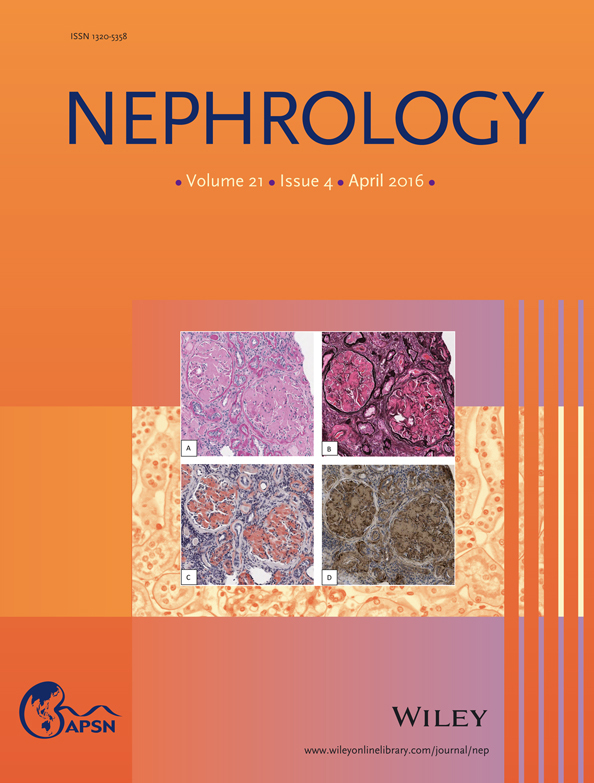Pulmonary hypertension is an independent predictor of cardiovascular events and mortality in haemodialysis patients
Abstract
Aim
The evidence about prevalence, associated factors of pulmonary hypertension (PH) and its impact on patient's outcomes is limited.
Methods
We included 211 haemodialysis patients, we estimated the systolic pulmonary artery pressure (SPAP) by 2D Doppler echocardiography defining PH as a SPAP above 35 mmHg, the median follow-up was 39 (19–56) moths, and the primary endpoints were all cause mortality and cardiovascular events.
Results
We found PH in 91 patients (43.9%). Independent determinants of PH were age, previous cardiovascular disease, the Nt-pro-BNP level hs-TnT, the systolic dysfunction, diastolic dysfunction and left ventricular hypertrophy. Over the follow-up 94 cardiovascular events occurred, variables associated were: PH, age, history cardiovascular disease, dyslipidaemia, elevated concentration of Nt-pro-BNP and hs-TnT, systolic and diastolic dysfunction, in a multivariate model, the PH maintained its independent association. Mortality data: 88 patients died (41.7%); 35 (29.5%) in the no PH group and 53 (58.5%) in the PH group (P < 0.001). In the Cox survival analysis, we found an association between mortality and age, previous cardiovascular disease, history of peripheral vascular disease, Nt-pro-BNP levels. In a multivariate model the PH remains as independent predictor of mortality.
Conclusions
Pulmonary hypertension is a common finding in HD patients and a valuable predictor of mortality and cardiovascular events. Prospective studies are needed to assess the effect of intervention on risk factors in improving patient's outcomes.




